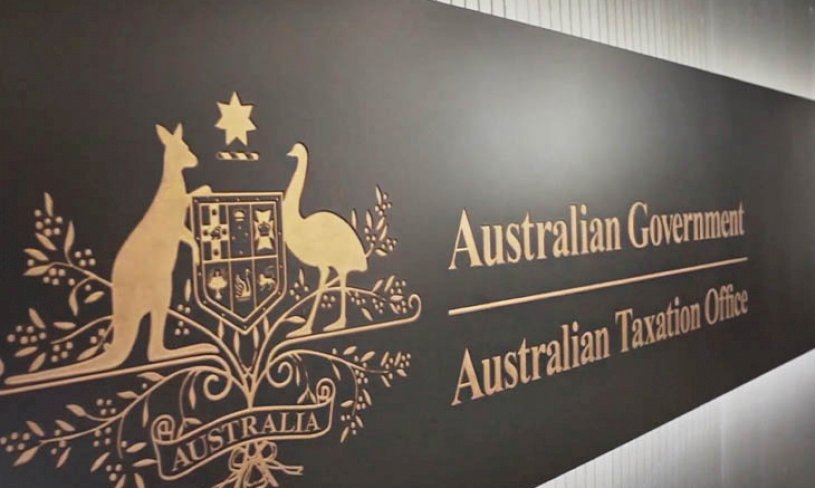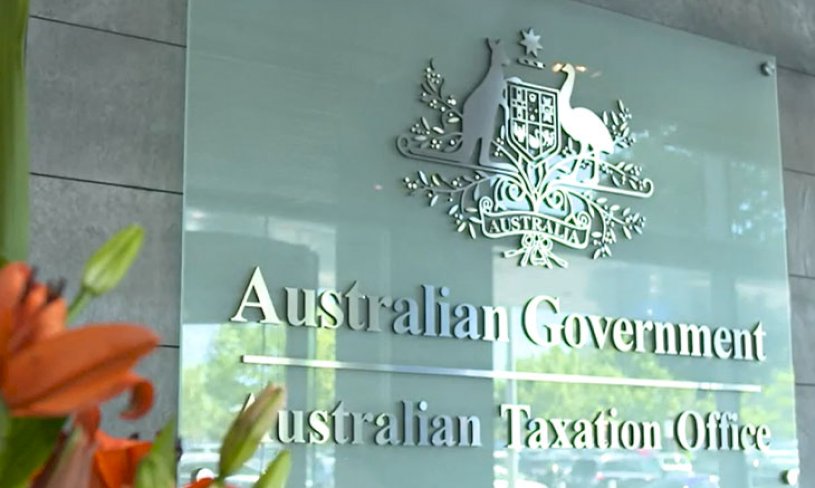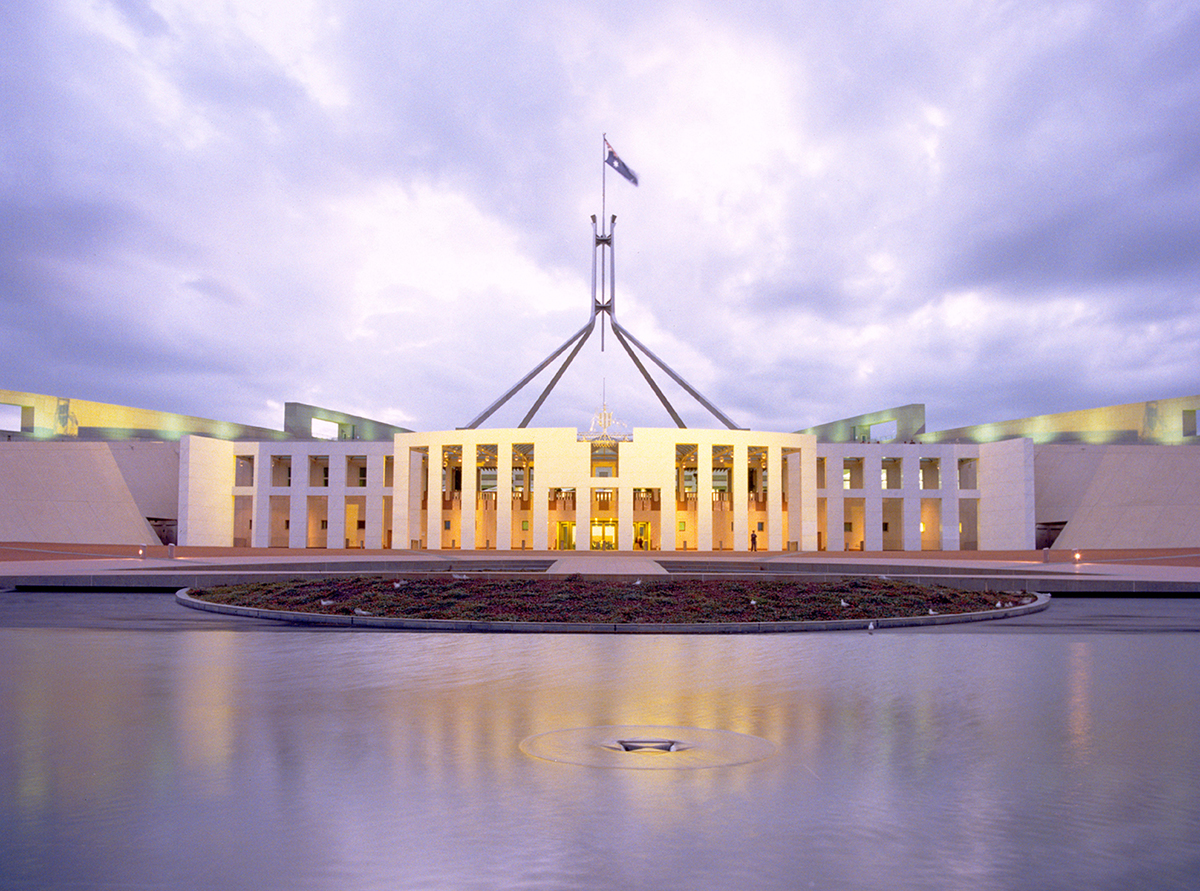There are a few ways to transfer super to your spouse or partner, but you need to understand the correct way to do so and the risks of doing so. Furthermore, knowing the benefits of doing so can help you determine whether you should be doing it all.
Transferring super to your husband, wife or partner is possible, but not as simple as transferring it from one account to another. Specific rules need to be followed so that an effective transfer can take place.
There are three ways of transferring your superannuation to your spouse:
- Contribution Splitting
- Spouse Contributions
- Withdrawal & Recontribution
Your ability to implement either of these will depend on your age, employment status, super balances and type of contributions.
What is Contribution Splitting and How Does it Work?
Contribution splitting allows you to split up to 85% of the concessional contributions made into your super account over to your spouse’s superannuation account.
A concessional contribution includes employer SG contributions, salary sacrifice contributions and personal concessional contributions.
A spouse under age 67 is permitted to receive spouse split contributions. A spouse aged between 67 and under 70 can only receive spouse contributions if they meet the superannuation work test.
Even though spouse split contributions end up in your spouse’s super account, they will not count towards your spouse’s contribution caps; the original contribution will simply count towards your concessional contribution cap.
Benefits of Spouse Splitting Contributions
Some benefits of spouse splitting include:
- If the recipient spouse is older, they may be eligible to access their super earlier.
- Spouse splitting contributions can help equalise super balances and/or help the contributing spouse remain under certain caps such as the $1.7M transfer balance cap, the $300,000 work test cap, or the $500,000 concessional carry-forward cap.
Disadvantages of Spouse Splitting Contributions
Some disadvantages of spouse splitting include:
- If the recipient spouse is younger it may take longer before the contributions can be accessed.
- Your spouse will become the beneficial owner of the split contributions, which may be difficult to recoup in the event of a marriage or relationship breakdown.
What Are Spouse Contributions and How Do They Work?
While spouse contributions are not a transfer of super from one spouse to another, they do provide benefits and are somewhat in the same realm of what we’re discussing, so I thought I would include them for completeness.
Spouse contributions are non-concessional contributions made from your personal bank account into your spouse’s superannuation account.
You can contribute as much as you like into your spouse’s super account up to their available non-concessional contribution cap for the year.
However, if you are making a spouse contribution purely for the benefit of receiving a spouse contribution tax offset, then the maximum you would contribute is $3,000 each year.
Benefits of Spouse Contributions
A spouse contribution provides the contributor with a tax offset of 18%, up to a maximum of $540. The maximum tax offset is available if the recipient spouse has an income below $37,000 for the year. A partial tax offset is available if the recipient spouse earns up to $40,000 for the year.
Disadvantages of Spouse Contributions
The only real disadvantage of a spouse contribution is that you will be contributing personal funds into superannuation, which will not be accessible until the recipient spouse is eligible to access their super.
What is Withdrawal & Recontribution and How Does it Work?
A withdrawal and recontribution strategy is only available if you are eligible to access your super. Furthermore, it is usually only beneficial if you are able to access your super tax free.
To perform a withdrawal and recontribution strategy with the intention of transferring money to your spouse’s super account, you could withdraw some or all of your super in the form of a lump sum or income stream, if eligible. Then, once the withdrawal has been received in your personal bank account, your spouse could contribute it into their super account as a concessional or non-concessional contribution.
Importantly, you want to be certain of any tax consequences that may be incurred in withdrawing your super. Also, you and your spouse will need to understand any limitations of them contributing into their account, such as contribution caps and age limits for superannuation contributions.
Benefits of a Withdrawal & Recontribution to Spouse’s Super
Some benefits of withdrawal and recontribution include:
- Contributing to a younger spouse’s super account can equalise account balances, which can be beneficial for long-term retirement planning and protection against potential future changes in legislation targeting higher account balances.
- Contributing to a younger spouse’s super account can reduce assessable income and assets for Centrelink purposes, if the older spouse is above Age Pension age and the younger spouse is not.
- Withdrawing from your higher account balance to a spouse’s lower account balance can help you remain under certain caps such as the $1.7M transfer balance cap, the $300,000 work test cap, or the $500,000 concessional carry-forward cap.
Disadvantages of a Withdrawal & Recontribution
Some disadvantages of withdrawing and contributing into a spouse’s account include:
- It may prolong the length of time before being able to access funds if the recipient spouse is younger.
It may cause assets and deemed income to be assessed sooner for Centrelink purposes if the recipient spouse is older. - Withdrawing large amounts and contributing them could have capital gains tax (CGT) implications, incur transaction costs and be impacted by time out of the market.
- Your spouse will become the beneficial owner of the recontributed contributions, which may be difficult to recoup in the event of a marriage or relationship breakdown.
Can I Gift Super To My Spouse?
You are unable to gift your superannuation to your spouse. However, if you are eligible to access your super, you can withdraw some super into your personal bank account and then gift it to your spouse.
Written by Chris Strano
superguy.com.au












